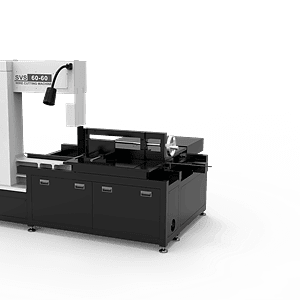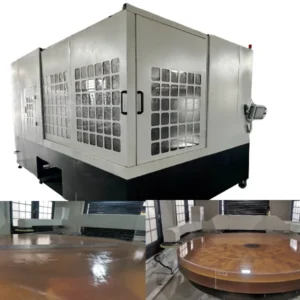N . A . Office
캐나다 위니펙, 매니토바주
전화 문의
+1(408)571-8651
오전 7:30 - 오후 7:30
7일
당사가 제공하는 서비스
설계부터 납품까지 - 신속한 턴어라운드가 가능한 완전 자체 개발 대형 장비
빔펀은 산업용 애플리케이션을 위한 맞춤형 다이아몬드 와이어 커팅 솔루션을 전문으로 합니다. 100개에 가까운 기계 모델과 완벽한 자체 R&D 역량을 바탕으로 소형 정밀 장비부터 최대 3m 절단 용량의 대규모 산업용 시스템에 이르기까지 모든 것을 제공합니다.
완벽한 자기 개발
기계 설계부터 소프트웨어 프로그래밍까지
신속한 배송
모듈식 설계를 통한 업계 최고 수준의 처리 시간
모든 규모:
탁상용 정밀 도구부터 대규모 산업 시스템까지
맞춤형 솔루션
특정 재료 및 공정 요구 사항에 맞는 맞춤형 장비
당사의 장점
맞춤형 엔지니어링 기능
대규모 시스템
- 최대 2.5m 절단 용량 장비
- 멀티 스테이션 자동화 생산 라인
- 기존 공장 시스템과 통합
완벽한 소프트웨어 개발
- 맞춤형 제어 시스템
- 프로세스 최적화 알고리즘
- 원격 모니터링 및 진단
신속한 프로토타이핑
- 3D 모델링 및 시뮬레이션
- 빠른 프로토타입 제작
- 피드백에 기반한 빠른 반복 작업
직접 엔지니어링 지원
- 디자인 팀과의 일대일 상담
- 복잡한 설치를 위한 현장 방문
- 지속적인 기술 파트너십
프리미엄 정밀 다이아몬드 와이어 절단기
끝없는 다이아몬드 와이어 절단기
정밀도와 내구성을 위해 설계된 다이아몬드 와이어 커팅 머신으로 뛰어난 장인 정신을 경험해 보세요. 거친 소재에 이상적인 당사의 기계는 최적의 절단 성능을 보장합니다. 선도적인 제조업체인 도미노의 전문성을 믿고 운영 효율성을 높이세요.
회사 소개
빔펀 다이아몬드 와이어 톱 정보
전문 다이아몬드 와이어 절단기 제조업체
선도 기업이 빔펀을 선택하는 이유:
🏆 검증된 산업 전문성
- 20년 이상의 정밀 장비 제조 경력
- 2019년부터 무한 다이아몬드 와이어 기술의 선구자
- 항공우주, 반도체, 광학 및 자동차 산업에 서비스 제공
전시회 하이라이트
최근 전시회에서 최신 전선 절단 기술을 선보이고 글로벌 파트너와 교류하고 있습니다.

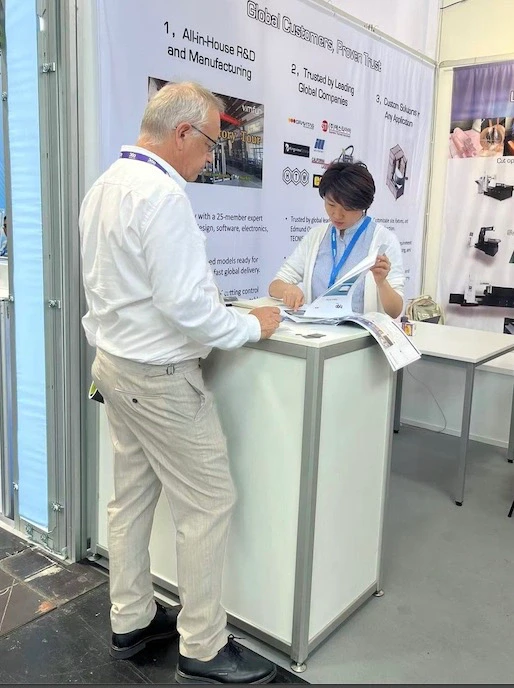

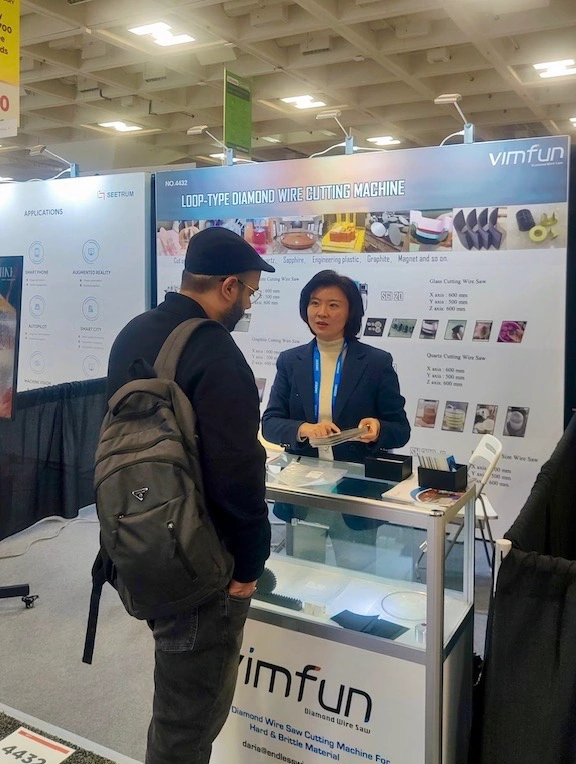

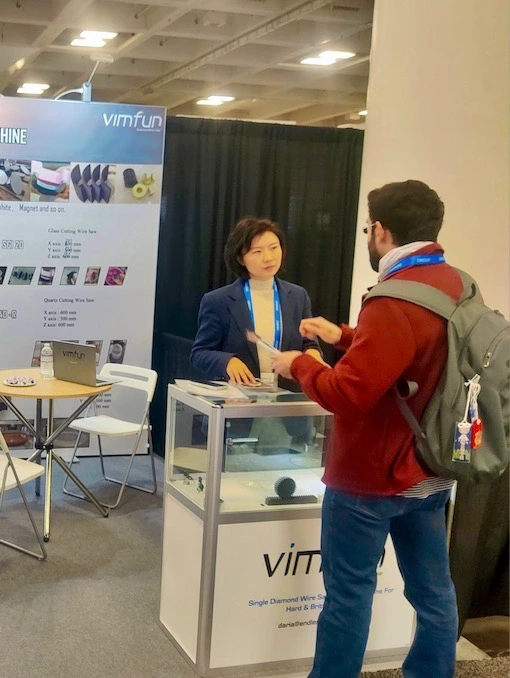
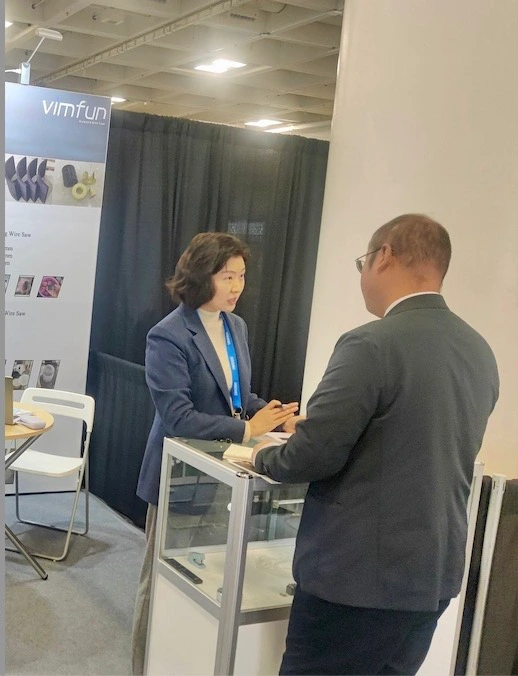

인증서 및 업적
CE 및 ISO 인증부터 국가 혁신상까지, 당사의 자격 증명은 정밀 와이어 절단 기술의 신뢰, 품질, 지속적인 발전을 나타냅니다.
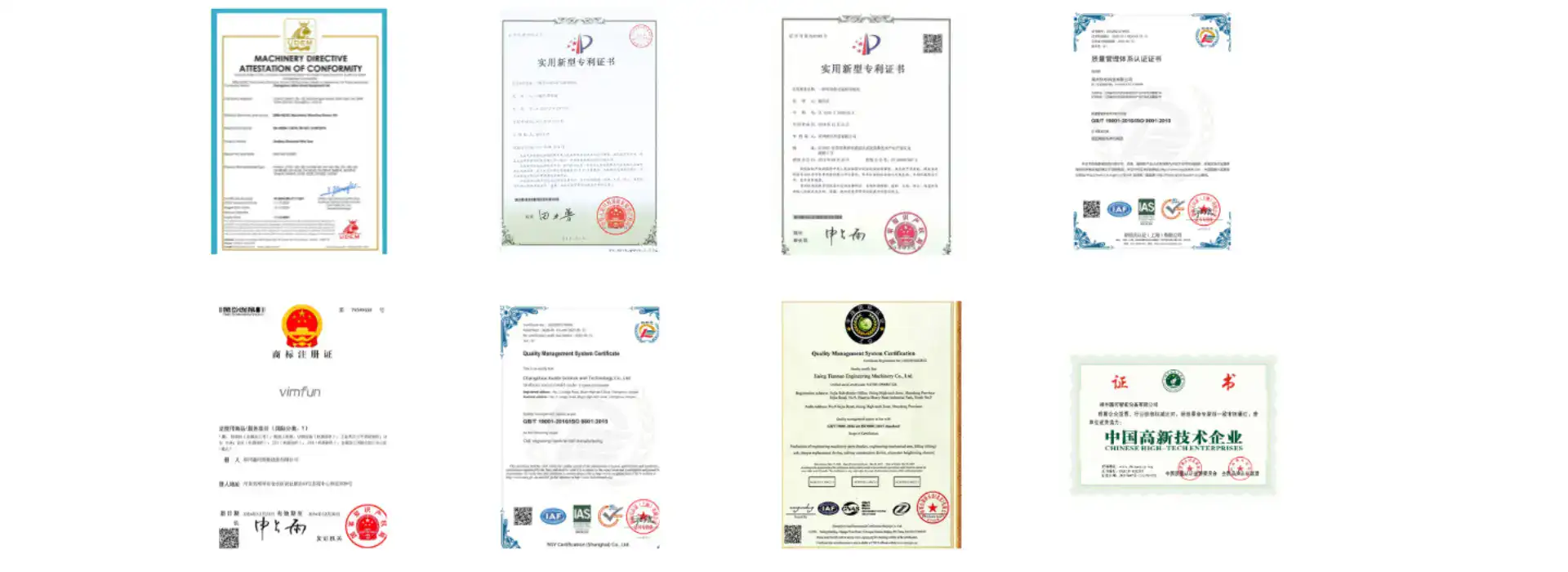
뉴스 및 인사이트
끝없는 끝없는 다이아몬드 와이어 절단기 팁
최적의 장비 운영 및 선택을 위한 주요 인사이트 알아보기
- 뉴스 및 인사이트
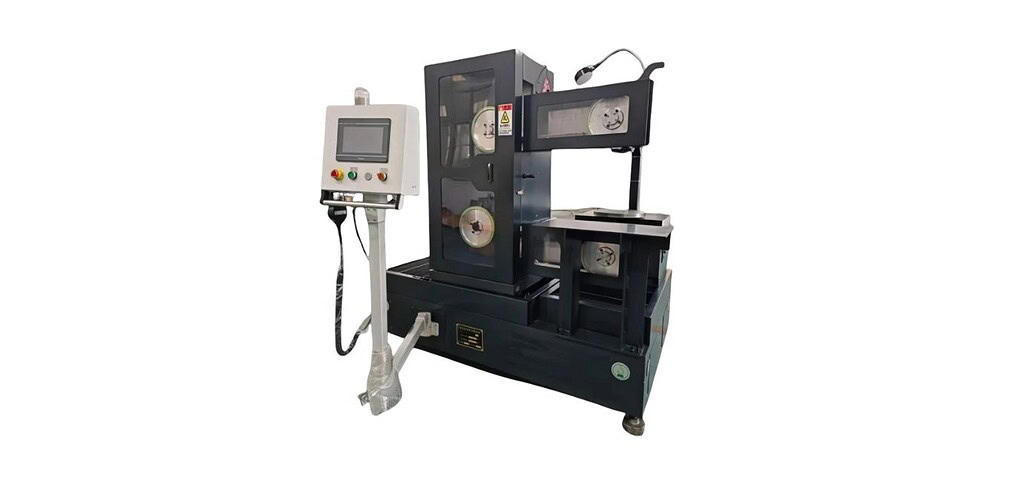
- 비앙지
흑연 회전 절단기는 흑연 소재를 깨끗하고 안전하게 절단하는 데 사용됩니다. 흑연은 강하지만 잘못 절단하면 쉽게 부러질 수 있습니다. 많은 공장에서 기계, 전자 제품 및 고온 응용 분야에 흑연을 사용합니다. 흑연을 절단하려면 특별한 주의와 안정적인 도구가 필요합니다. 이것이 바로 회전 절단기가 필요한 이유입니다.
- 기술 동향
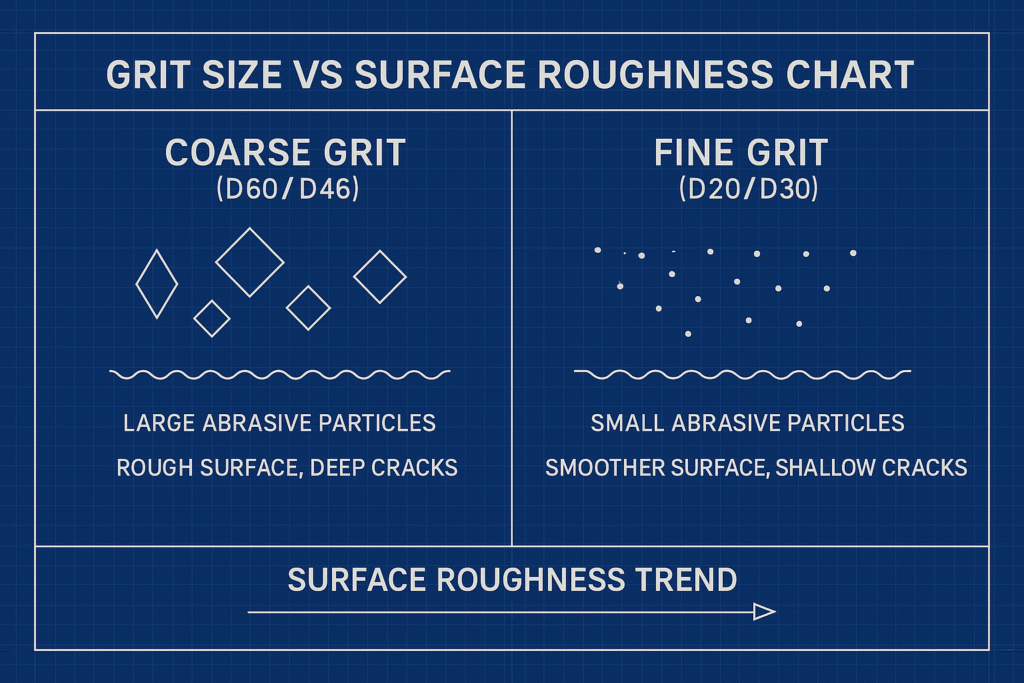
- 부과
서론: 엄격한 기준에서 탄생한 정밀도 반도체 웨이퍼 가공, 광학 유리 연삭, 정밀 세라믹 성형 분야에서 절삭 공구의 미세한 결함은 치명적인 고장으로 이어질 수 있습니다. 다이아몬드 와이어의 한 부분이라도 "벗겨진" 부분이나 단 몇 마이크론의 직경 편차만으로도 "와이어 결함"이 발생할 수 있습니다.
- 기술 동향
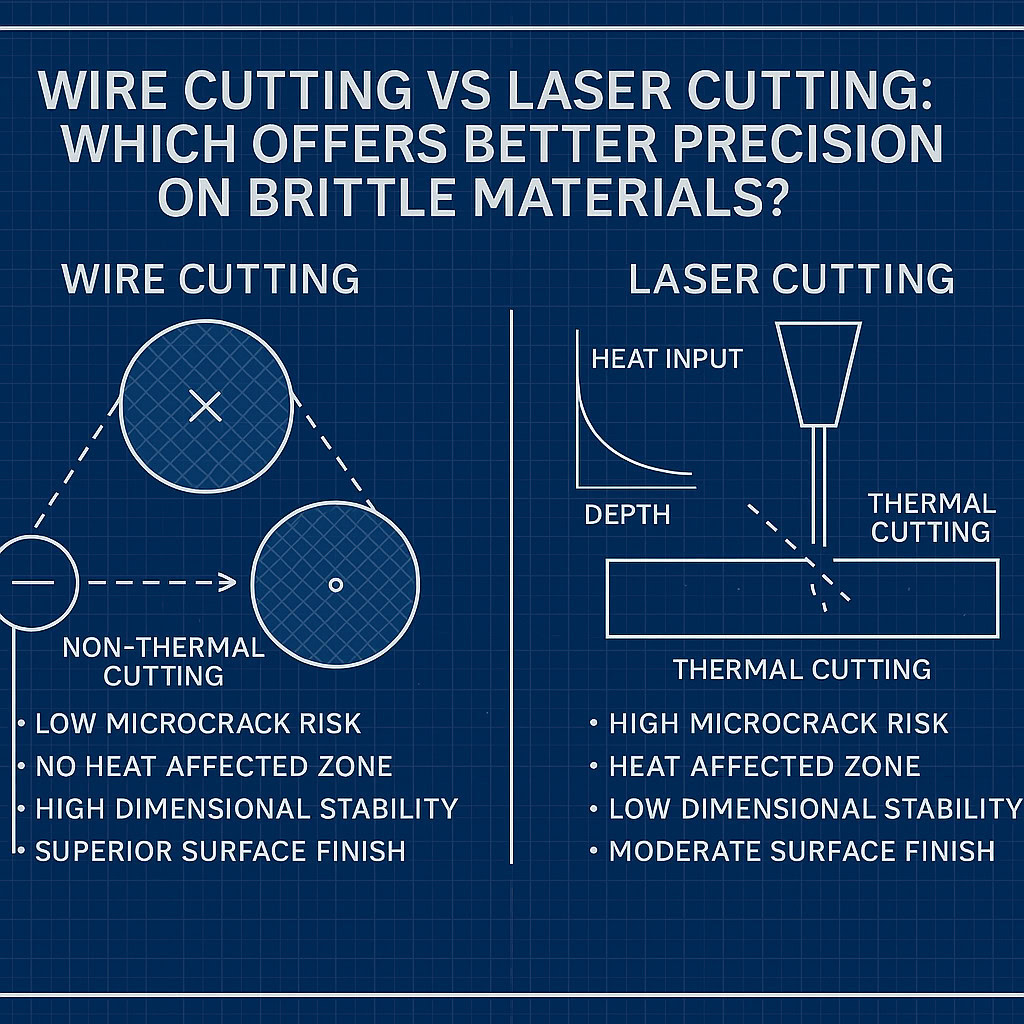
- 부과
서론 정밀 절삭 가공 분야에서 성공적인 생산과 값비싼 실패를 가르는 차이는 종종 단 하나의 변수, 즉 절삭 공구에 달려 있습니다. Vimfun SG 및 SVI 시리즈와 같은 최신 무한 다이아몬드 와이어 톱은 견고한 갠트리 구조와 80m/s를 초과하는 선형 속도를 제공하지만,


